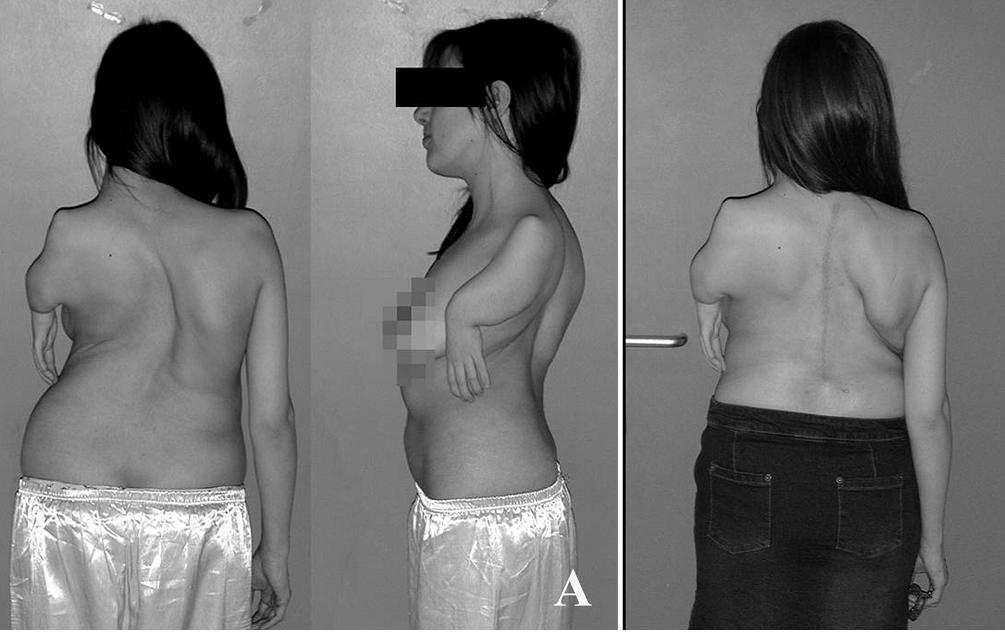Dk phocomelia syndrome
| Dk phocomelia syndrome | |
 | |
|---|---|
| Phocomelia. Image courtesy of Ed Friedlander, M.D., Pathologist |
Editor-In-Chief: C. Michael Gibson, M.S., M.D. [1]
Phocomelia Syndrome is a birth defect that may occur sporadically or be genetically transmitted in some cases. In other cases it may be caused by toxins (such as certain drugs) taken by a pregnant woman. Major symptoms may include growth and mental deficiencies, defects in the eyes, ears, and nose, and characteristic deficient limb development affecting the arms and possibly the legs.
Summary
Symmetrical phocomelia-like limb defects similar to those seen in thalidomide embryopathy (hence the synonym SC-pseudothalidomide syndrome), flexion contractures of the joints, facial anomalies, micrognathia, scanty blond hair, cloudy corneae, delayed growth, and occasional mental retardation. SC phocomelia and Roberts syndrome are considered by some as the same entity termed Roberts-SC phocomelia syndrome. The syndrome was first observed in a family with surname beginning with S and another with surname beginning with C.
Major Features
- Head and neck: Micrognathia is the most common characteristic. Microbrachycephalic skull with wormian bones in the occipital region may occur.
- Ears: Hypoplastic cartilage.
- Eyes: Cloudy corneae.
- Nose: Hypoplastic cartilage.
- Hand and foot: Hand abnormalities may include absence of the thumb, shortening of the first metacarpal bone, hypoplasia of the first digit, fusion of the fourth and fifth metacarpals, clinodactyly of the second and fifth digits, and hypoplasia of the middle phalanges.
- Extremities: Symmetric reduction deformity (upper limbs being more severely affected than the lower ones) and flexion contractures of the joints.
- Skin appendages: Hypotrichosis with scanty silvery blond hair.
- Growth and development: Growth and occasional mental retardation.
Heredity
The syndrome is familial and is transmitted as an autosomal recessive trait. Additional features: Capillary hemangioma of the face, ears, and forehead. Historical References Hermann J et al A familial dysmorphogenic syndrome of limb deformities, characteristic facial appearance and associated anomalies: The "pseudothalidomide" or "SC-syndrome". Birth Defects, 1969, 5(3):81-9